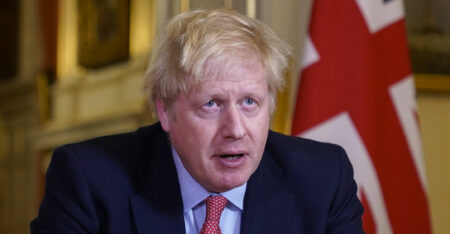 The UK said it will spend £1.2-billion (R23.3-billion) on developing the most powerful weather and climate supercomputer in the world.
The UK said it will spend £1.2-billion (R23.3-billion) on developing the most powerful weather and climate supercomputer in the world.
The programme aims to improve weather and climate modeling by the government forecaster, the Met Office, business secretary Alok Sharma said in a statement on Monday. The machine will replace the UK’s existing supercomputer, which is already one of the 50 most powerful in the world.
“Come rain or shine, our significant investment for a new supercomputer will further speed up weather predictions, helping people be more prepared for weather disruption from planning travel journeys to deploying flood defences,” said Sharma, who will preside over the annual round of United Nations climate talks in Glasgow, Scotland in November.
With Britain hosting the year-end climate summit, Prime Minister Boris Johnson is seeking to showcase the UK’s leadership in both studying the climate and reducing global greenhouse gas emissions. His government plans to use data generated by the new computer to inform policy as it seeks to spearhead the fight against climate change.
The UK was the first major economy to say it will phase out greenhouse gas emissions by 2050 — a so called “net zero” target it says the new computing power will help it to reach.
The new machine could help protect against the worst effects of climate change by enhancing preparedness for extreme weather events, thus minimising the damage to homes and businesses, the business department said. The data produced will help select the most suitable locations for flood defences, allow airports to prepare better for disruptions, and help the energy sector protect against potential blackouts and power surges.
Tailwinds
It could also contribute to emissions reductions, for example by allowing airlines to take advantage of tailwinds.
The investment will replace existing Met Office supercomputers over a 10-year period from 2022 to 2032, with spending in the first five years increasing computing capacity sixfold, the department said.
Sharma was appointed on Thursday as president of the year-end UN talks, known as COP26. That followed the dismissal last month of Claire O’Neill, who had been due to preside over the summit. That’s left Sharma playing catch-up for the tricky role, in which his task will be to help broker a deal between more than 190 nations with vastly different economic interests. — Reported by Alex Morales, (c) 2020 Bloomberg LP




